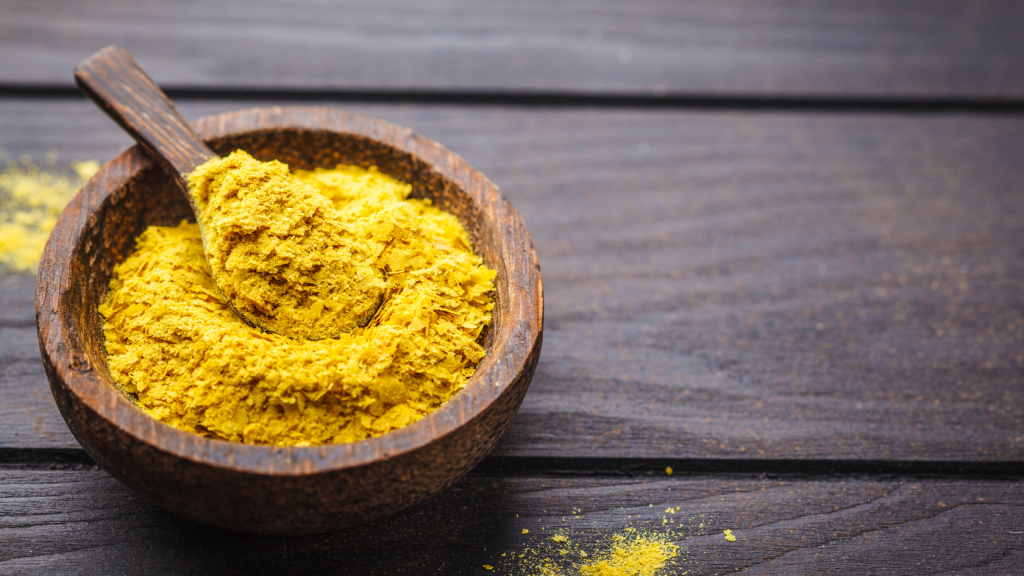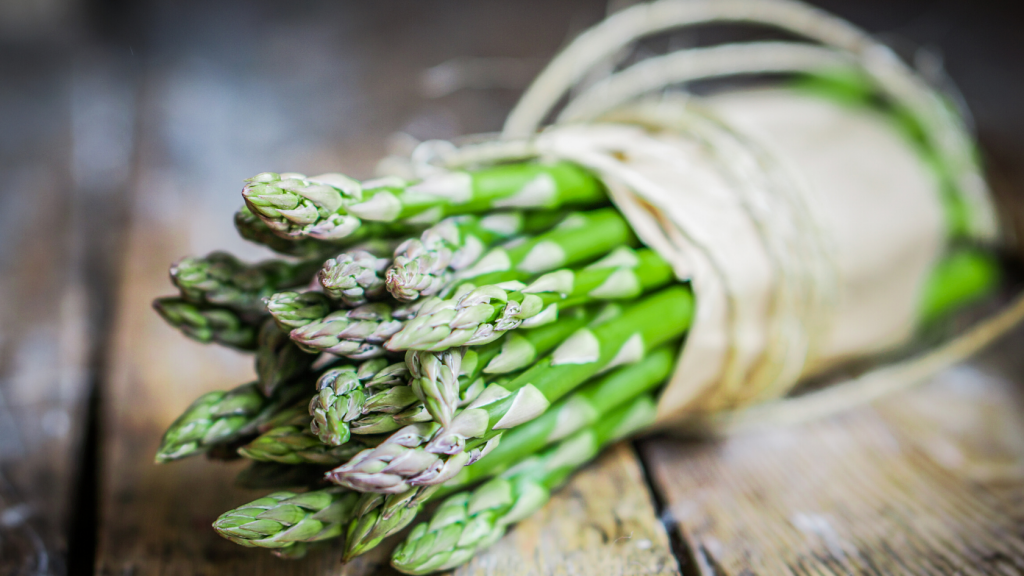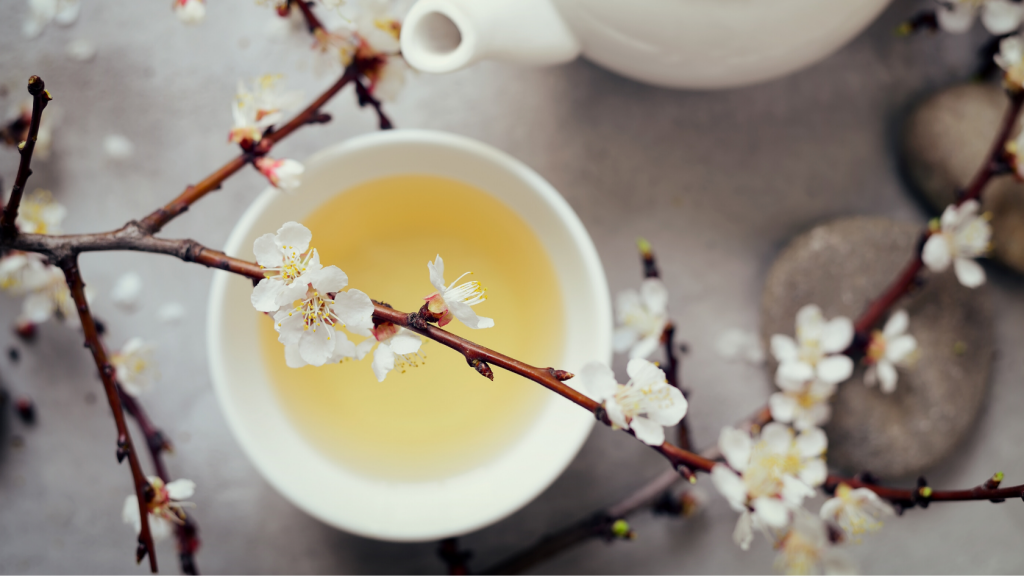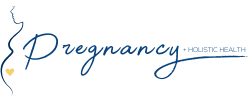The Breastfeeding Diet that Produces More Breast Milk
Many mothers are concerned that they are not producing enough milk for their baby, but in many cases, you just need to look at
If you have ruled everything else out, it’s time to take a solid look at your nutrition to choose breast
While eating until you’re satisfied, it’s time to look into the best breast milk producing foods.
1. Brewer’s Yeast

Brewer’s yeast is a nutritional superstar that is typically used to brew beer. Many take it because it contains energizing B-complex vitamins and can also boost your dietary protein. Brewer’s yeast also features the micronutrients chromium, selenium, and phosphorous- which many postpartum people lack.
To get the full benefits for your breastmilk supply, you should start with three tablespoons per day. Many use it by baking it into a fresh-baked platter of lactation cookies with our next breast
2. Oatmeal
Fiber-filled oats have long been thought to boost milk production and improve postpartum energy levels. Oats contain plant-based phytoestrogens, which may contribute to the development of prolactin, a hormone needed to breastfeed (source). These grains contain oat beta-glucan, which is a healthful, soluble fiber that may also boost prolactin.
Fiber also has the benefit of improving constipation following birth. Try starting your day with a big bowl of oatmeal topped with fruit and nuts for a power breakfast. The most challenging part is not dropping it on your nursing baby’s head- trust me!
3. Seafood
Seafood is rich in Omega-3 fatty acids. Aim to eat foods that are low in mercury but high in these healthy, brain-building nutrients (source) like wild-caught trout, salmon, and tilapia at least weekly, but no more than three times a week (source).
Have you heard the buzzword DHA (Docosahexaenoic acid) and how it helps your baby’s brain develop? Salmon is perfect for a breastfeeding diet because it improves the quality of your milk as well while providing your baby with essential fatty acids and DHA. However, if you do not eat seafood, chia seeds and flax seeds can boost your omega 3s without a fishy aftertaste.
4. Ginger
Ginger has been demonstrated to increase milk supply without having any side effects. In fact, a 2016 study in Thailand showed a significant increase in liquid gold during the first week of nursing (source). While many are unsure how to add ginger to their breastfeeding diet, it pairs nicely with salmon, smoothies, or as an ingredient in lactation cookies.
5. Garlic
Have you heard to avoid anything that may repel the baby from the taste of your milk? In this case, the opposite may be true! Garlic boosts immunity, decreases the risk of heart disease, and may have an interesting effect on your breast milk.
In moms who did not eat a lot of garlic, babies sucked on the breast for much longer following mom eating garlic (source). Scientists believe that the taste is unusual for infants, so they spend more time at the chest. Once the baby becomes used to the taste of garlic, this phenomenon disappears.
Latest Stories
TMS Therapy During Pregnancy: A Safe Alternative for Treating Depression
Pregnancy is a transformative journey filled with excitement, joy, and anticipation. However, for many…
Your Biggest Pregnancy Ultrasound Fears (and How They Stack Up Against Reality)
I remember my first pregnancy ultrasound like it happened yesterday. There I was, sitting…
Does COVID-19 Encourage Pregnant Families to Birth at Home?
For many pregnant families, COVID-19 adds an element of fear to birthing in a…
6. Leafy Greens
Dark leafy greens like kale, mustard greens, and spinach provide crucial minerals like folate, iron, and calcium. Phytoestrogens improve the letdown process by stimulating hormones that support breastfeeding. Vitamins K is partially transferred in breast milk and may have the additional benefit of helping your baby’s blood to clot. If you can access fenugreek leaves, not only will they offer you their nutritional properties and phytoestrogens, but they have been demonstrated to boost supply further.
7. Asparagus or Asparagus Racemosus

Asparagus racemosus, known as the Shatavari plant, is used in Ayurveda for its medicinal qualities that provide many reproductive health benefits, including enhancing breast milk supply. However, if you lack access to this supplement, consider traditional asparagus as we know it (source). Asparagus is rich in vitamin A which stimulates the hormone prolactin that plays an important role in lactation.
8. Sesame Seeds
You can use either the light or black-colored variety. Sesame seeds are a lactogenic food that should become a valuable staple for your breastfeeding diet. They are calcium-rich, which is critical to your baby’s growth and development. Breastfeeding mothers often deplete their own stores of calcium through pregnancy, birth, and breastfeeding, so the seeds can also help you recover. Sesame seeds contain iron, magnesium, phosphorus, copper, and manganese that are building blocks for a perfect diet for both you and your baby’s milk!
9. Probiotics
Probiotics are unlikely to pass into breast milk, however they improve your gut health so you can relax and snuggle in skin to skin (source). This is a far cry from postpartum gas pain or toilet troubles.
Looking to give your baby a probiotic boost? Your breast milk is the best way to give baby probiotics and immunoglobulins to keep the baby’s gut lining intact and healthy. When you think of probiotics, many reach for a bottle of pills. However, foods like sauerkraut, yogurt, kefir, and kombucha have the same effect.
The following are not parts of your favorite meals, but they are vital components of the best breastfeeding diet.
10. Breastfeeding Teas

Believe it or not, steeping tea and curling up with a warm mug can also improve your supply. These teas work by including galactagogues- a fancy word for herbs that boost milk supply. Lactation teas feature fenugreek, fennel, blessed thistle, and milk thistle (source). While experts argue back and forth over the efficiency of these herbs, many women report that these herbs and teas improved milk supply- particularly those with fenugreek (source). Be cautious- some report that fenugreek made them smell like maple syrup!
11. Water
Your little nursling removes anywhere from 16 to 30 ounces of fluid from your body on any given day. It is critical to hydrate properly so that you can create enough milk and properly recover in the postpartum period. While there is no single recommendation for how much water to consume each day, it’s best to drink one large glass of water every time you sit down to feed your baby.
Scientific studies that discuss whether food or supplements increase one’s milk supply have one central theme. By adding them to your diet, you experience significant psychological effects like improving your confidence and self-empowerment (source). While each food may have a slightly different impact on lactating women, there is no harm in eating any of these foods in moderation. Each food is a healthy addition to your breastfeeding diet. This new life requires a lot of long hours, but by merely seeking out the information in this article- you are an amazing parent.
This article is not intended to be a substitute for professional medical advice, diagnosis, or treatment. Always seek the advice of your physician or




